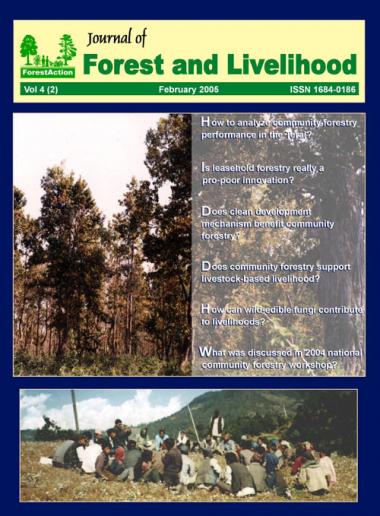Editorial
DOI:
https://doi.org/10.3126/jfl.v4i2.59787Keywords:
Editorial, forest and livelihoodAbstract
Despite widespread rhetoric of success of community forestry policy in Nepal, serious concerns are now being raised as regards who is benefiting from the policy. In the on-going discourse, such concerns are commonly referred to as ‘second-generation issues’, which relate to the processes of governance, equity and social justice, biodiversity conservation and sustainable forest management.
The articles in this issue add to the growing literature that is critical about much acclaimed CF model practised in Nepal and elsewhere. While empirical findings in the last few years show that second generation problems threaten the durability of collective action surrounding community forestry, policyshapers and makers have yet to acknowledge the need to rethink the model. The articles in this
issue seek to address some of these challenges, presenting state-of-the-art situation as well as policy and methodological innovations.
Downloads
Downloads
Published
How to Cite
Issue
Section
License

This work is licensed under a Creative Commons Attribution-NonCommercial 4.0 International License.
CC-BY-NC: This license allows reusers to distribute, remix, adapt, and build upon the material in any medium or format for noncommercial purposes only, and only so long as attribution is given to the creator.





